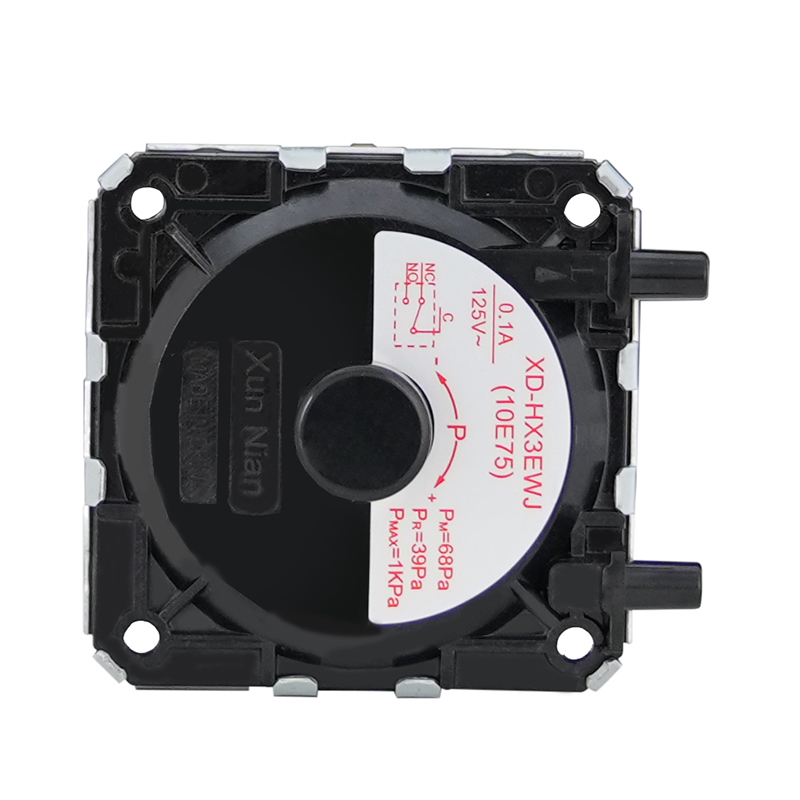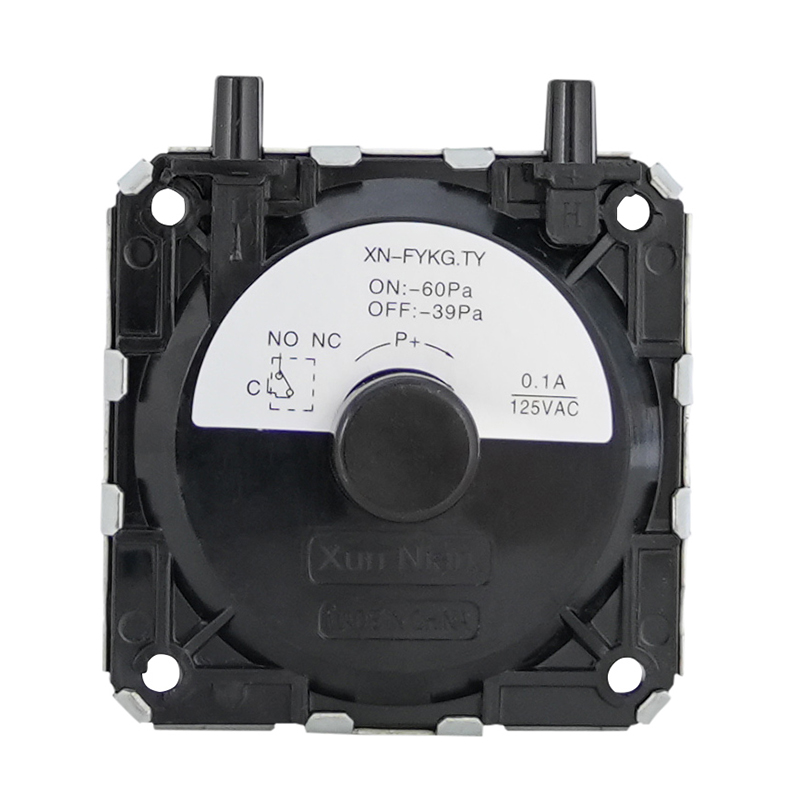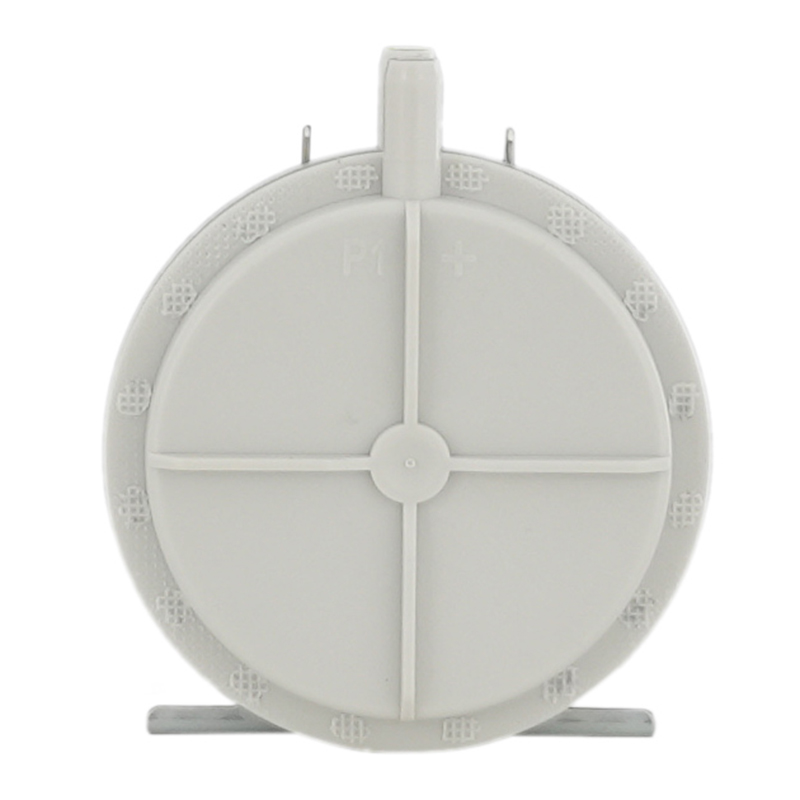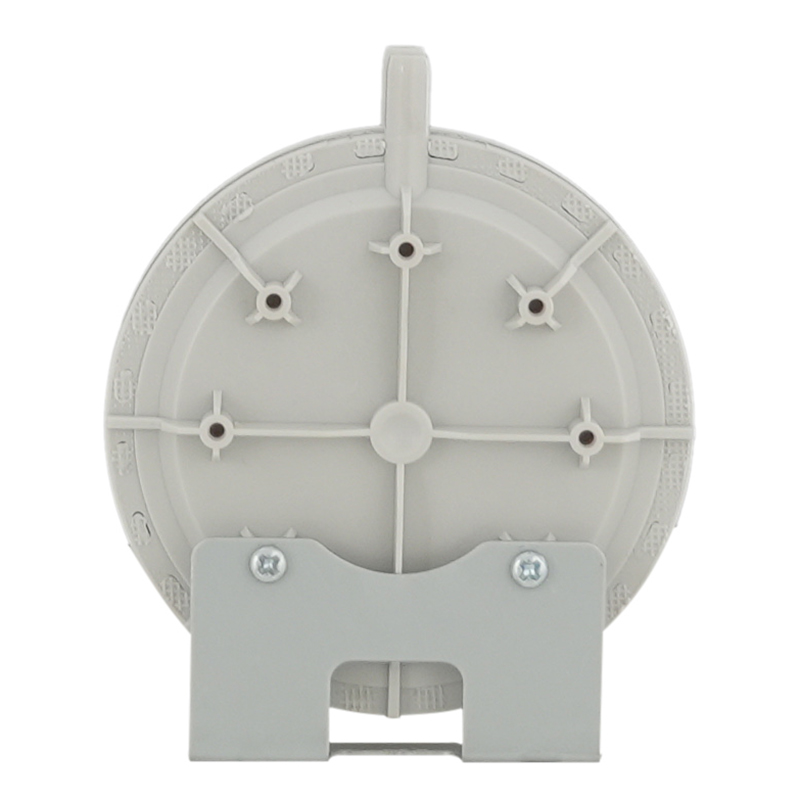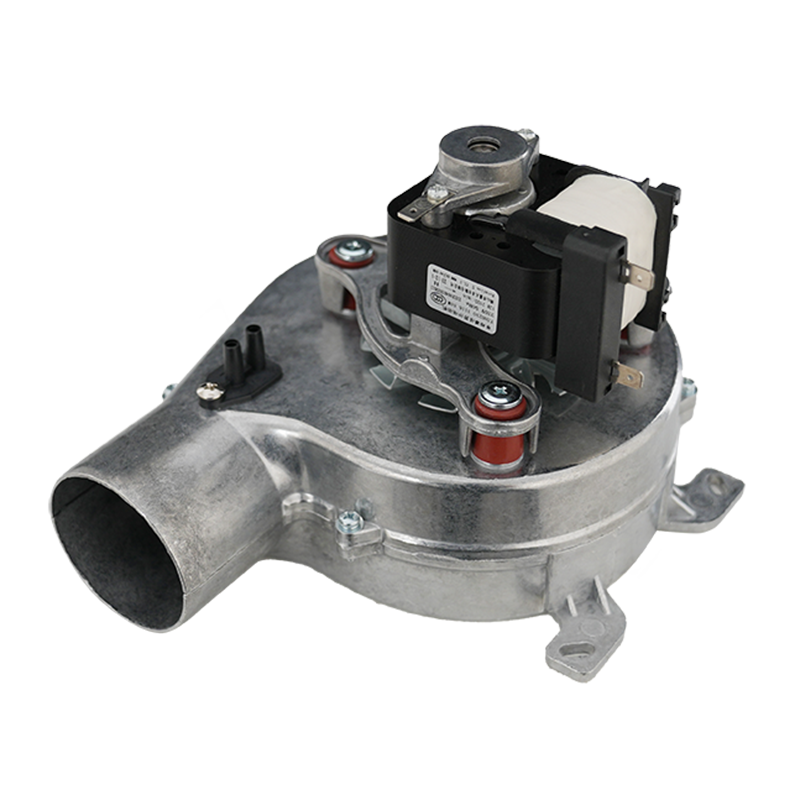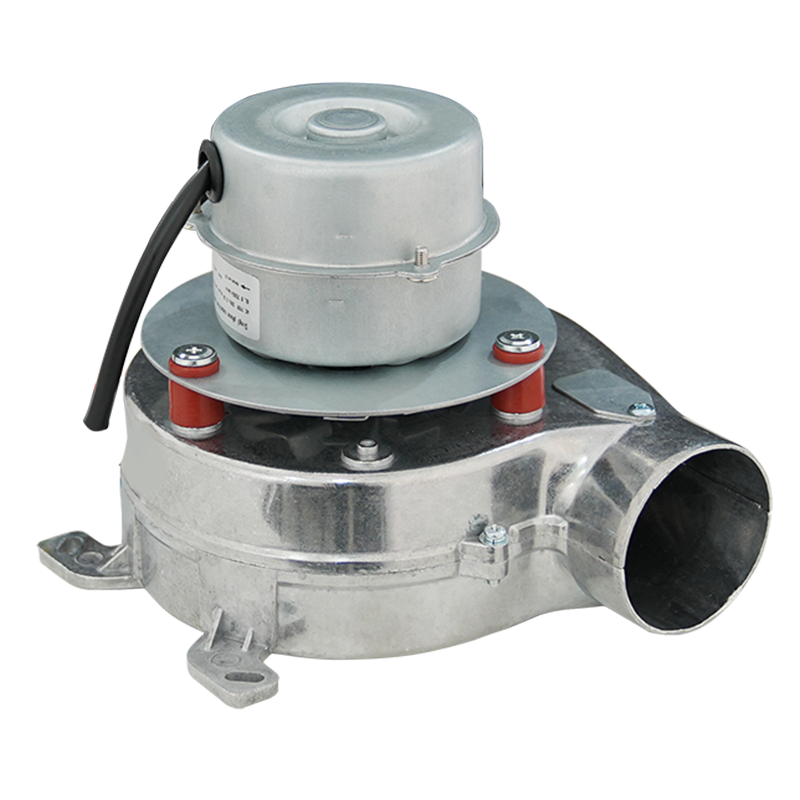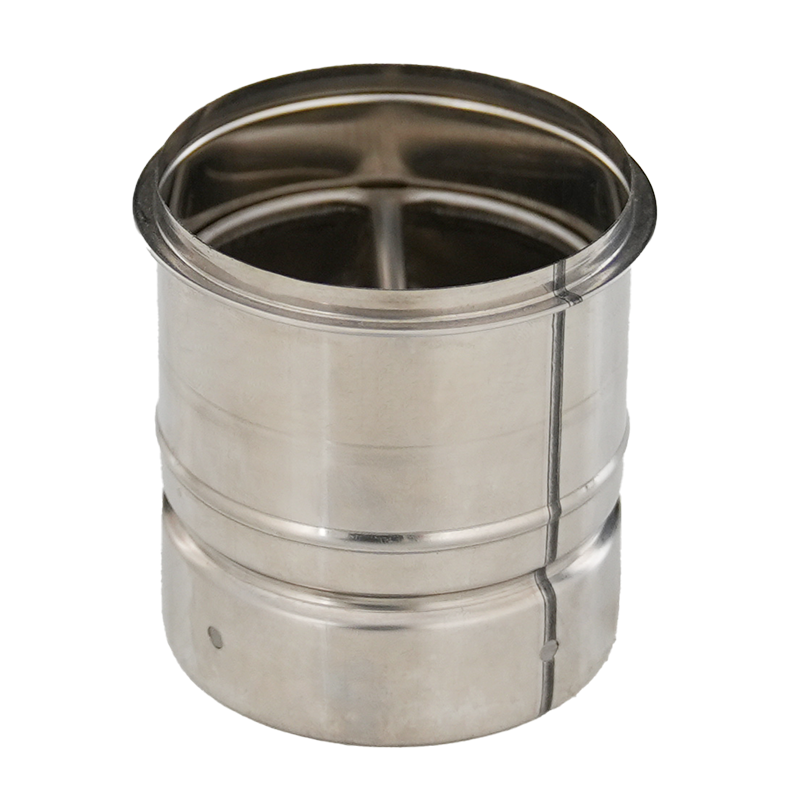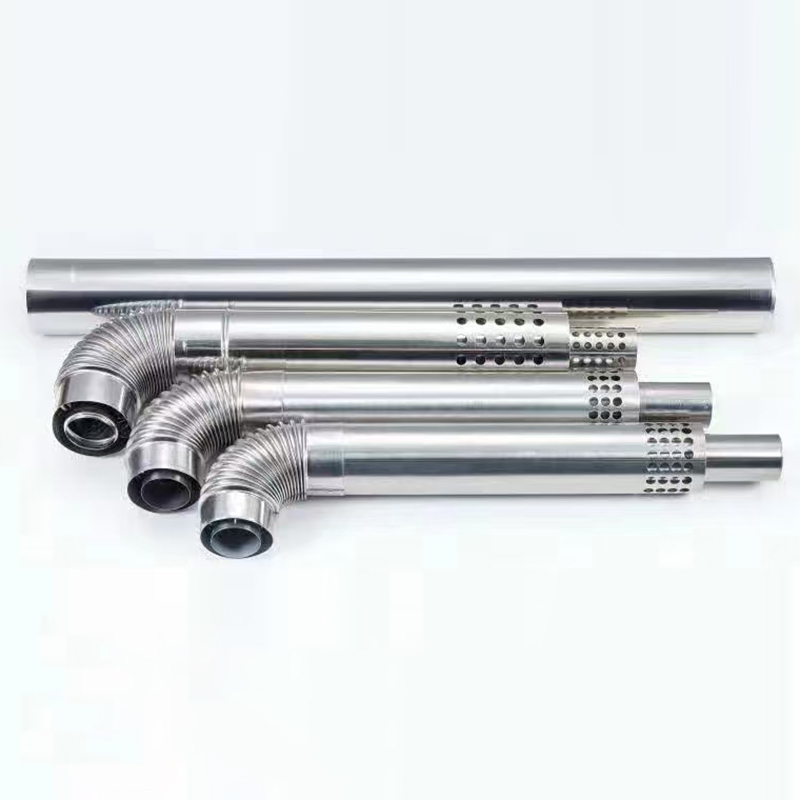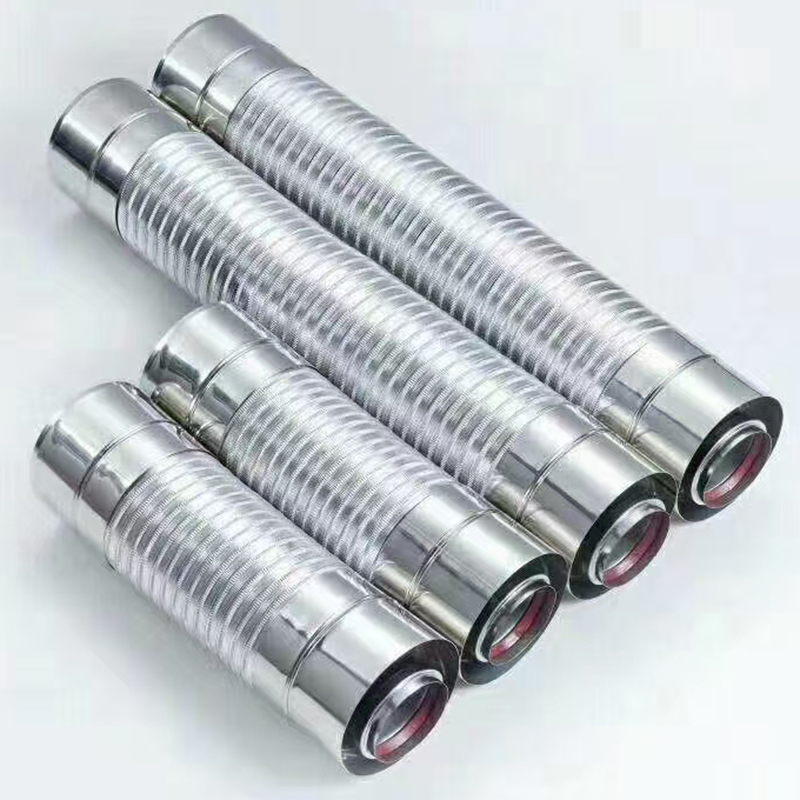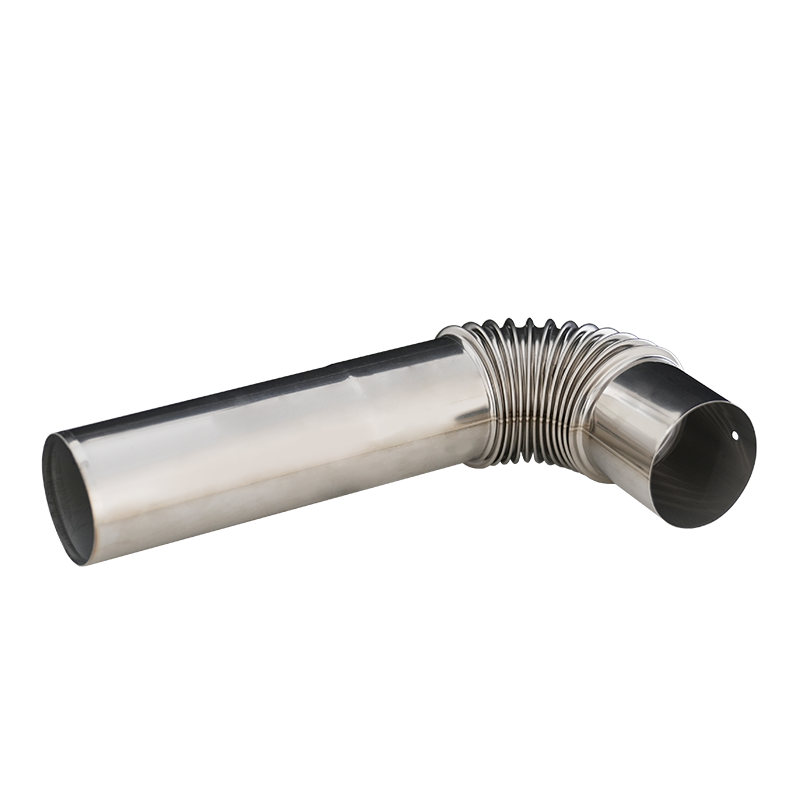At four o'clock in the morning, when the city is still asleep, the silver-gray commercial oven in the bakery is already humming softly. Inside its chamber, the blower is rotating at 2,500 revolutions per minute, like an indefatigable heart, sending scalding hot air——at 250 degrees Celsius——evenly to every corner. Without it, even the finest yeast couldn't make the dough rise into golden toast at the right time; with it, bakers can deliver hundreds of loaves to the city's tables before sunrise. To understand the soul of this machine, we must turn our attention to the blower and the entire system of aerodynamics and thermal engineering behind it.
I. The "Breathing" of the Blower: From Mechanical Motion to Airflow Generation
The blower in a commercial bread oven is essentially an energy conversion device, whose core mission is to convert electrical energy into the kinetic energy of air. When the oven starts, the motor receives electrical signals and begins to operate, driving the impeller to rotate at high speed through a coupling. The blades on the impeller, like countless invisible hands, exert strong centrifugal force on the air inside the oven during rotation, causing the air to be thrown toward the edge of the impeller and into the volute-shaped casing of the blower.
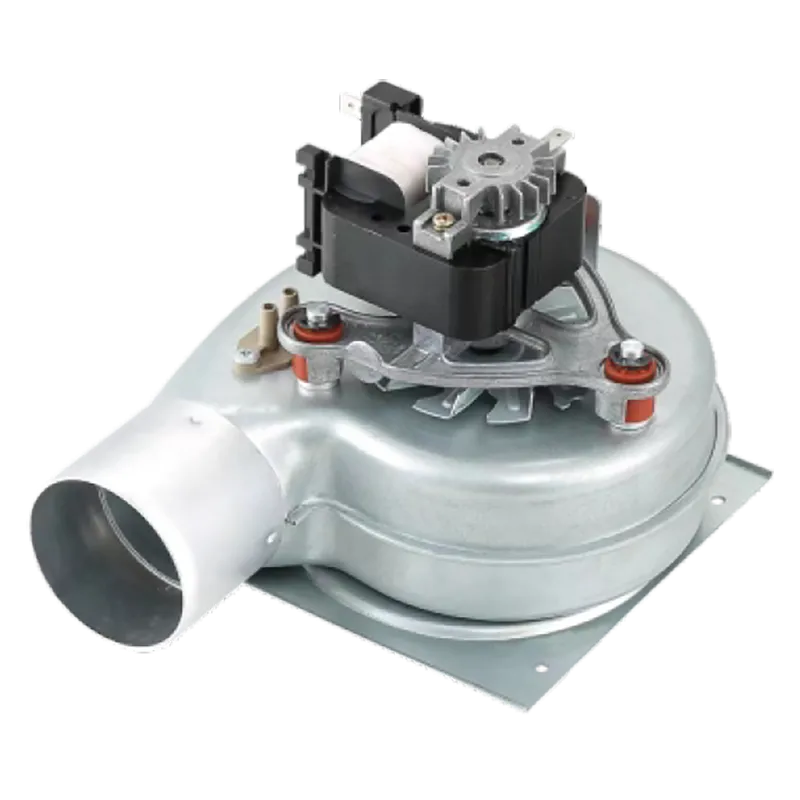
When the thermostat detects that the oven temperature is lower than the set value, the SSR (Solid State Relay) turns on, and the heating tube is first energized to heat up. At the same time, the blower starts, and the impeller draws the relatively cool air in the furnace through the volute, which then passes over the red-hot surface of the heating tube. The air is quickly heated to the target temperature and then ejected at high speed along the tangential air duct, forming a spiral circulation inside the furnace. Each cycle takes only 1.5 to 2 seconds, and the heat repeatedly washes over the bread surface like a tide, promoting the full occurrence of the Maillard reaction.
If the oven is equipped with PID temperature control and frequency conversion drive, the blower will automatically adjust its rotation speed according to the temperature difference: it runs at full speed when the temperature difference is large, and reduces to 60% of the speed when approaching the set value. This not only reduces noise but also avoids excessive dehumidification, preventing the bread crust from hardening due to rapid water loss.
II. The "Accelerator" of Efficiency: The Secret to Shortening Baking Time
One of the core demands of commercial baking is to improve production efficiency, and the blower significantly shortens the baking time by optimizing heat transfer efficiency. In the state of natural convection, heat transfer relies on the natural flow of air, which is inefficient; while forced convection greatly increases the contact frequency between hot air and the bread surface, improving heat exchange efficiency by more than 30%. Experimental data shows that commercial ovens equipped with high-efficiency blowers can shorten baking time by 20% to 30% compared with traditional ovens, which means a bakery can produce hundreds more loaves every day.
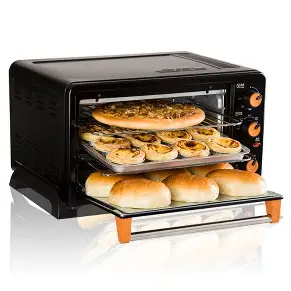
Commercial bread oven blowers usually adopt a closed-loop control system. Temperature sensors monitor the temperature at multiple locations inside the oven in real-time and feed the data back to the control unit. The control unit adjusts the power of the heating elements and the rotation speed of the blower according to the difference between the set parameters and the actual temperature, achieving precise temperature control. Some high-end commercial ovens are also equipped with humidity sensors and intelligent control systems, which can automatically adjust baking parameters to achieve the best results.
In addition, modern commercial bread oven blowers are increasingly focusing on energy efficiency and noise control. High-efficiency designs can reduce energy consumption and lower operating costs; optimized impeller shapes and shock absorption measures can effectively reduce noise and improve the working environment. Some high-end models also adopt frequency conversion technology, which automatically adjusts the motor speed according to actual needs to achieve intelligent energy saving.
When we taste soft and delicious bread, we may not realize that behind the crispy crust and uniform texture lies thousands of airflow cycles of the blower. This "invisible driver" uses the power of technology to make the deliciousness of bread more stable and popular, becoming a warm link between industrial civilization and daily life."


